Crossing Domains, Expanding Horizons: CyberMACS x CULTURATI
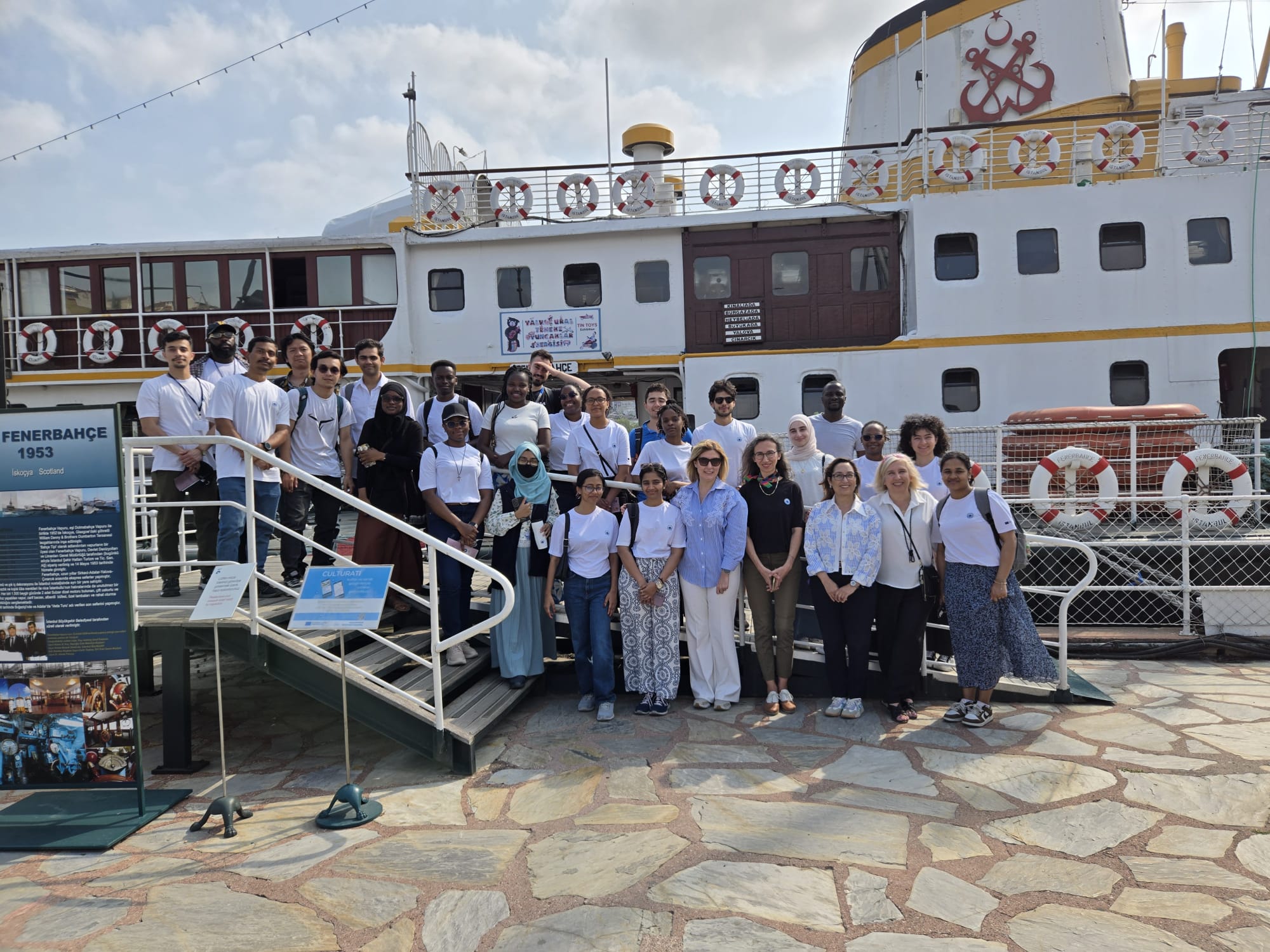
In the initial design of the CyberMACS project, structured online synergy workshops with other Higher Education Institutions in cybersecurity were already included in the roadmap — a commitment embedded in our deliverables (e.g., Report of Online Synergy Workshops with Other HEIs in Cybersecurity). These planned interactions are vital for exchanging expertise, sharing methodologies, and reporting tangible outcomes to the Agency (EACEA).
What began as a project focused on its planned objectives has since evolved to include a form of collaboration that extends far beyond the cybersecurity domain itself. Over time, we have seen the value of connecting with EU projects in entirely different thematic areas, where the common ground is not the topic, but the technology, innovation, and the shared European vision.
Our collaboration with CULTURATI, an EU Horizon project, is a testament to this expanded network of solidarity. As part of CULTURATI’s summer agenda to collect user experience data for its innovative online platform for cultural heritage and arts, CyberMACS contributed by engaging a diverse group of more than 20 international master’s students from various nationalities in both testing the prototype and providing structured feedback to refine it further. The fact that such a culturally diverse group took part in an educational and cultural experience in a museum and supported the project dedicated to creating content collectively for cultural heritage and arts across Europe in an innovative online platform made the experience especially meaningful and unique.
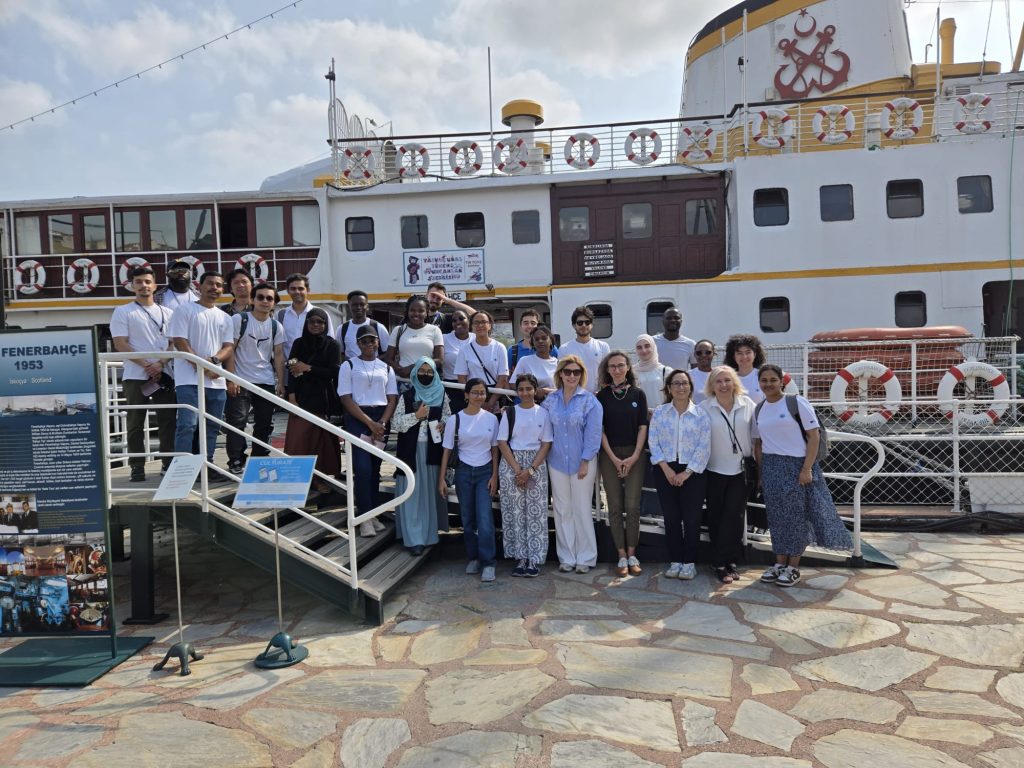
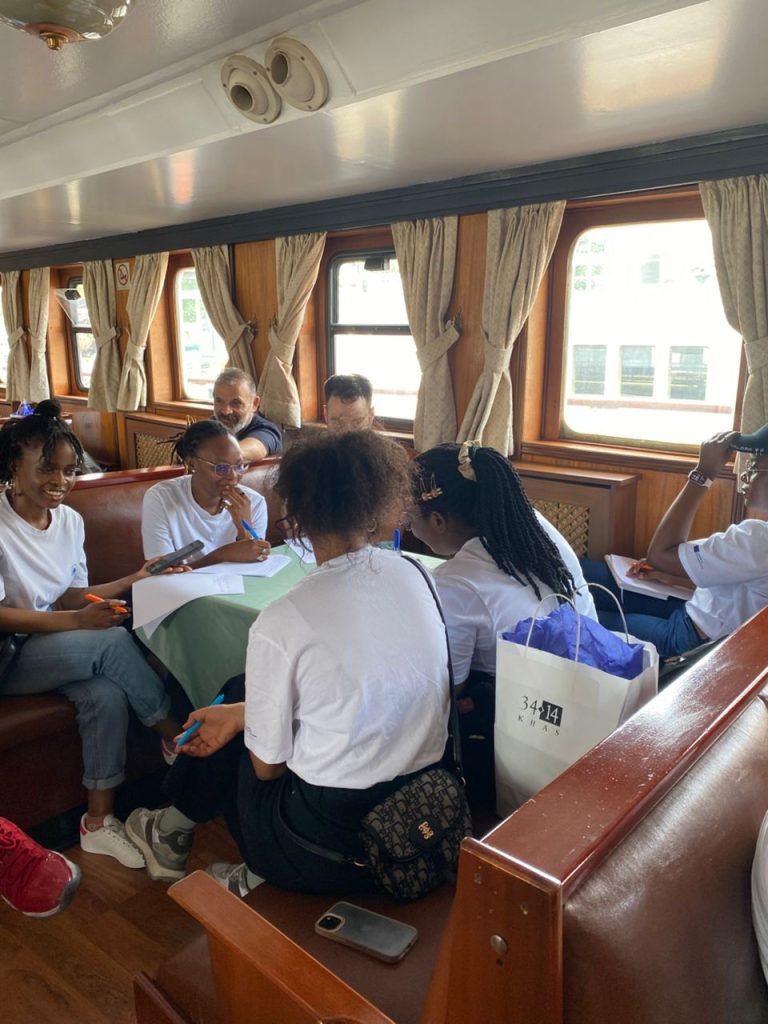
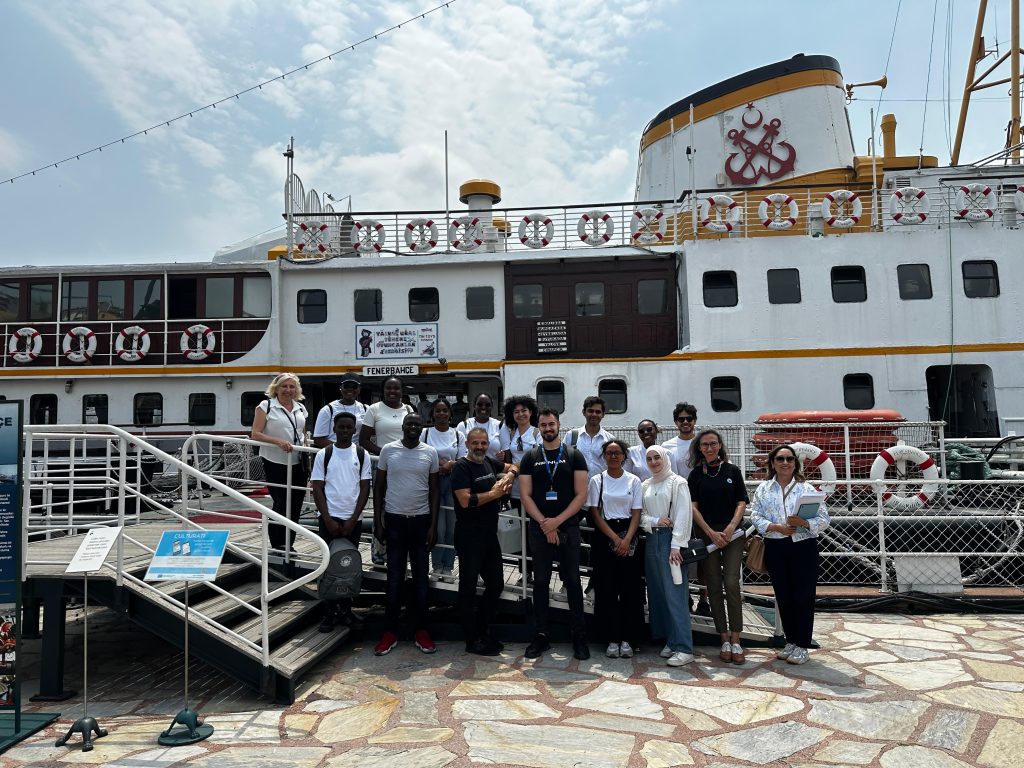
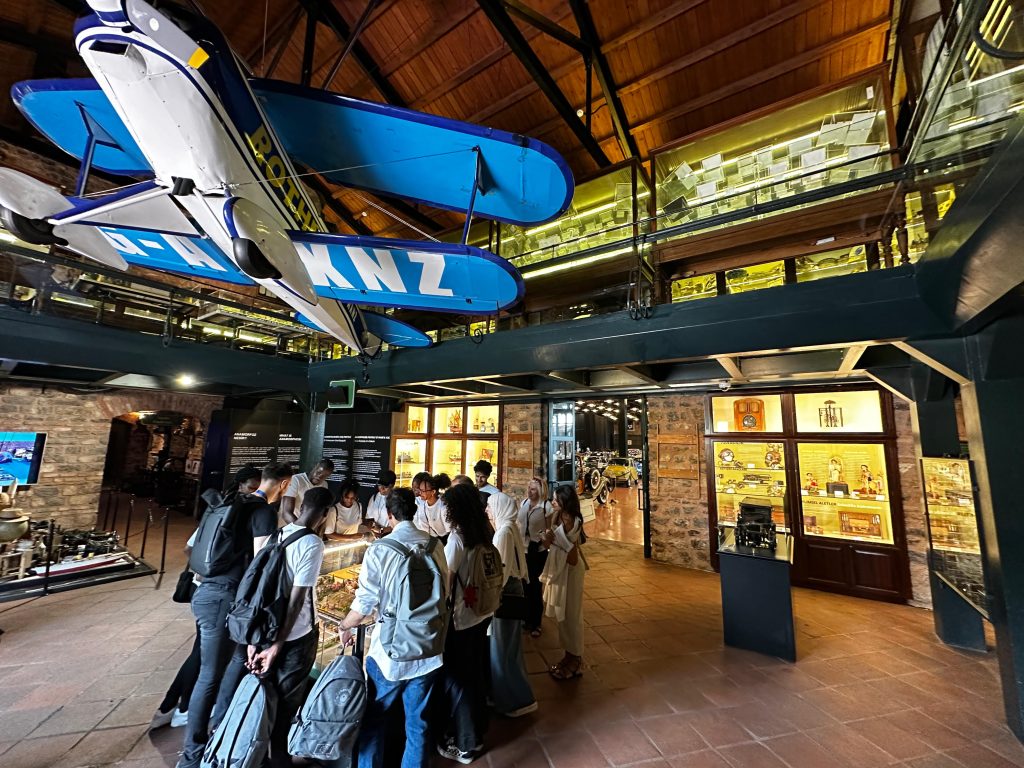
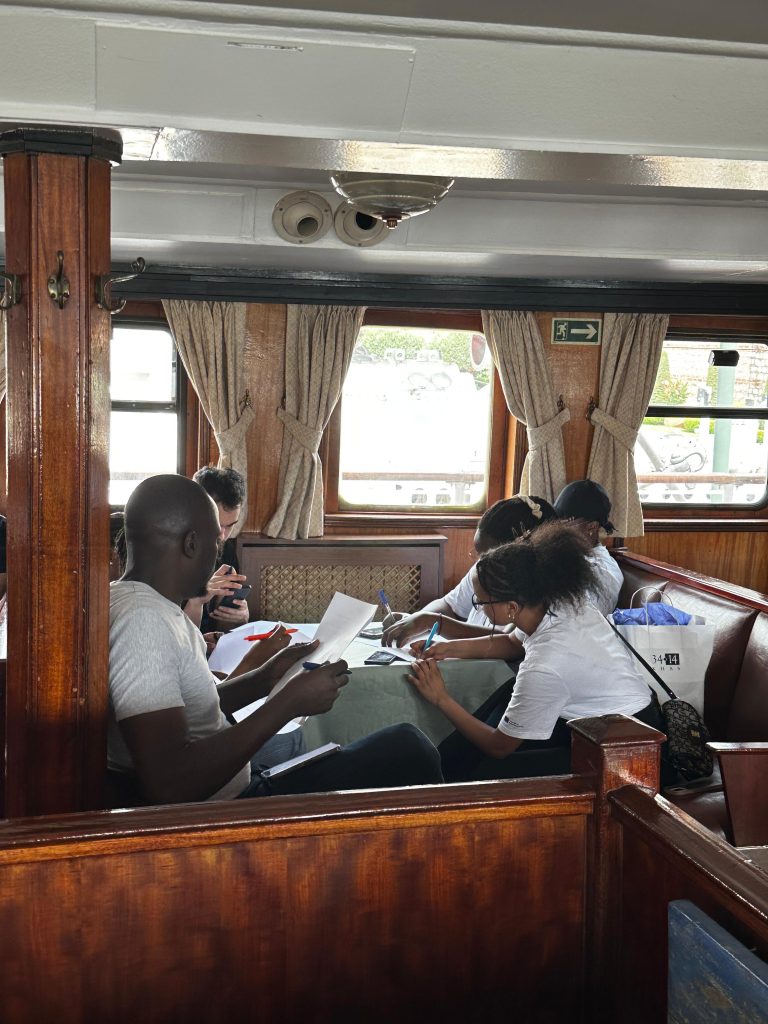
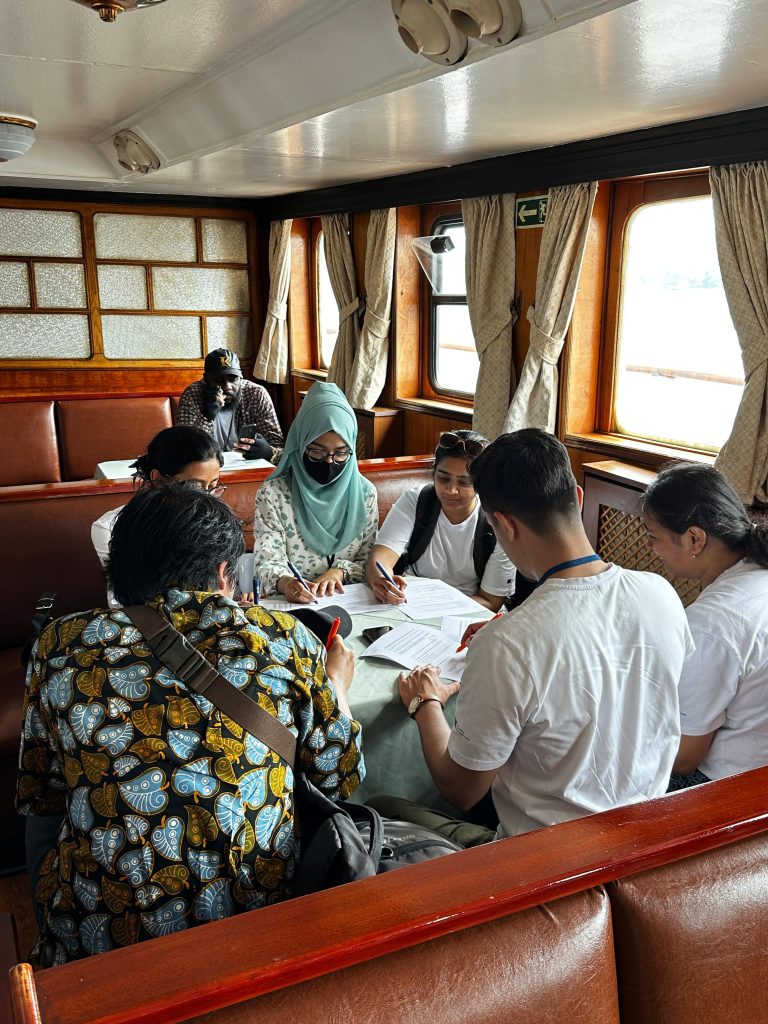
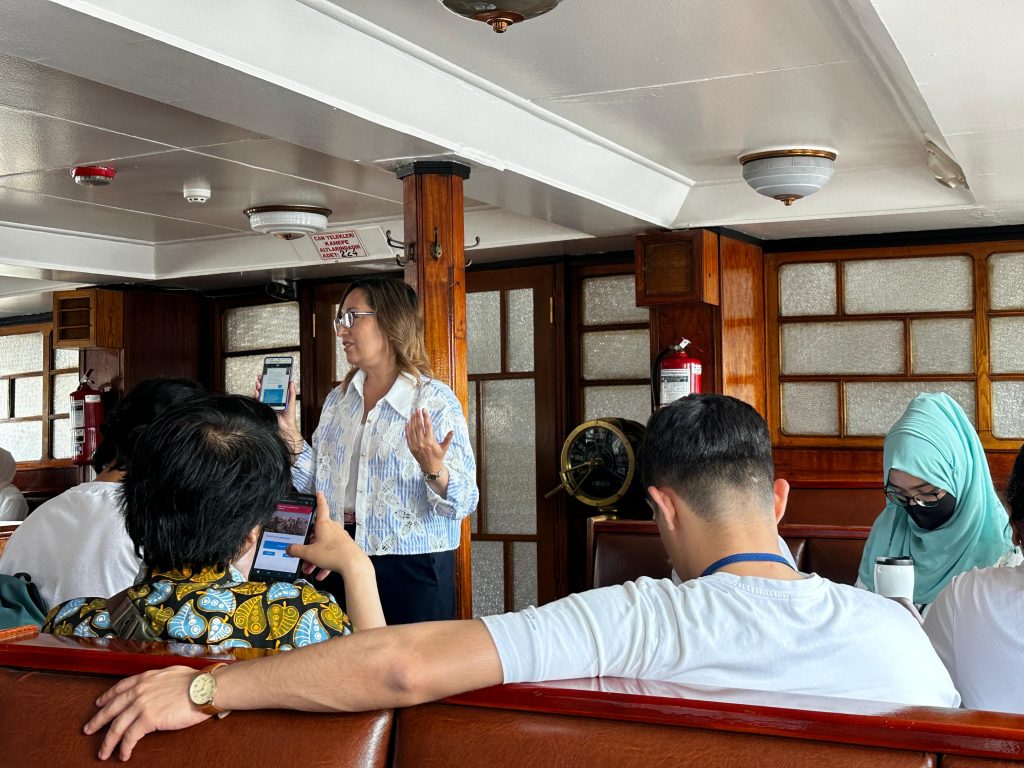
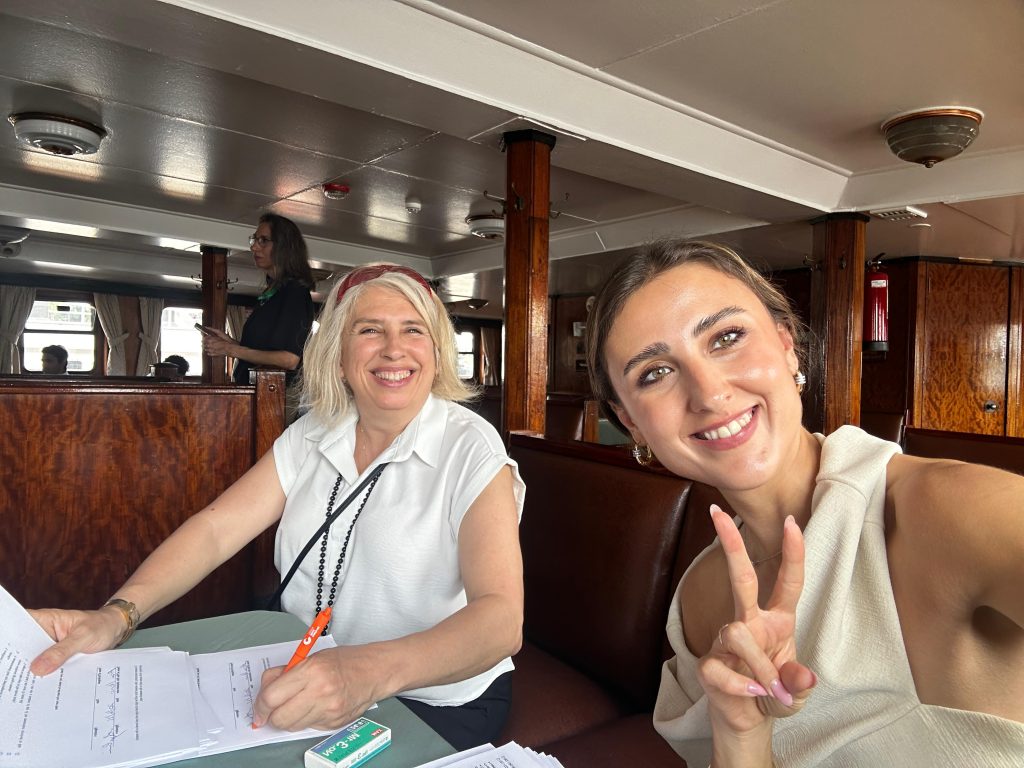
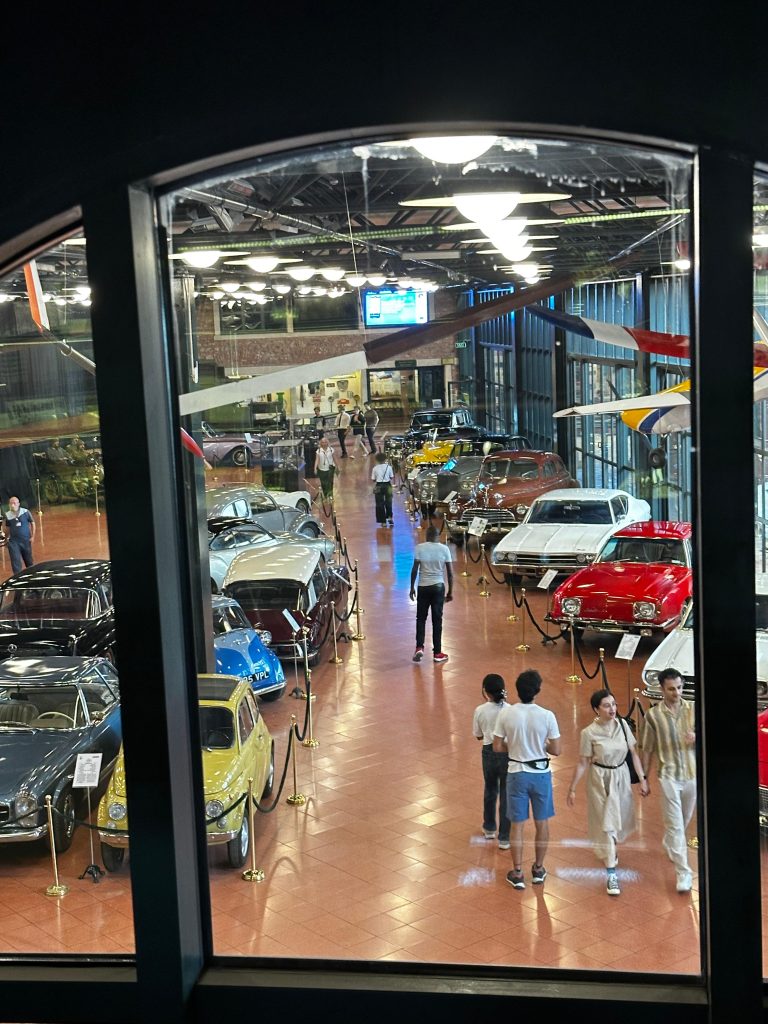
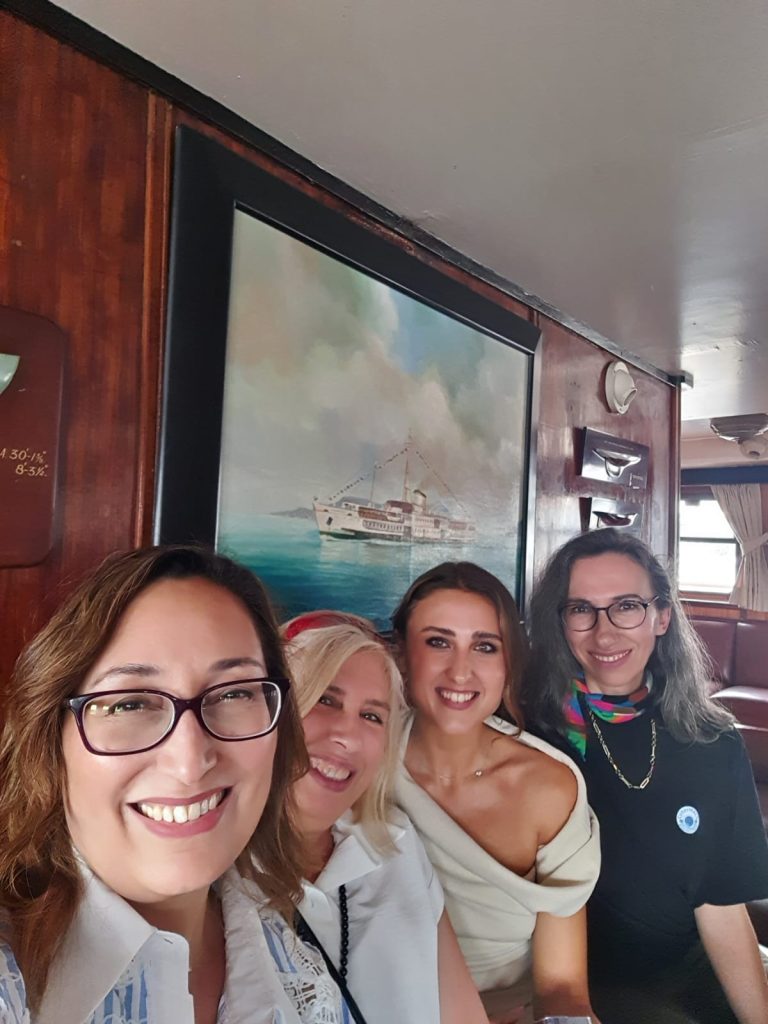
The setting for this collaboration was as enriching as the task itself: The Istanbul Rahmi M. Koç Museum, where technology, history, and culture intersect. The day blended multiple layers of learning — a workshop in the morning, a shared ferry ride across the Golden Horn, and an afternoon of interactive museum exploration. Students experienced firsthand how AI can personalize cultural engagement, broadening their understanding of technology’s impact beyond the cybersecurity sphere.
As the summer continues, this collaboration remains one of the most surprising and exciting partnerships of the season. I always knew it deserved to be shared in detail.
This collaboration reflects the collective effort and open-minded approaches of both project teams. Cross-domain partnerships like this often require leaders and teams who are willing to explore beyond conventional frameworks and recognise potential in unexpected intersections. The CyberMACS and CULTURATI teams welcomed this opportunity — not merely as an experiment, but as a meaningful step toward broadening the possibilities of European project cooperation.
This initiative demonstrates that synergy is not limited to predefined agendas; it can emerge organically, driven by mutual curiosity and a willingness to contribute to each other’s missions. In doing so, we have expanded our solidarity network beyond our initial projections, and with it, our capacity for innovation. And perhaps most excitingly, it leaves us with the hope — and the determination — that many more collaborations await us in the future, including those we cannot even imagine today.
A heartfelt thank you to Assistant Professor Eda Gürel (CULTURATI Project Coordinator), Arzu İkinci (CULTURATI’s Training Coordinator and Researcher), and The Istanbul Rahmi M. Koç Museum for their warm welcome and collaboration.
Ebru Dilan
CyberMACS Project Manager
The CULTURATI project, funded by the European Commission and coordinated by Bilkent University, aims to develop, test, and validate an innovative online platform utilizing state-of-the-art digital and cutting-edge technologies to create content collectively for cultural heritage and arts across Europe. CULTURATI is a global content platform that delivers the content in its database to end-users (consumers of cultural heritage and arts) in customized games (Q&A) and routes to attract and engage them with cultural heritage and arts more closely.
